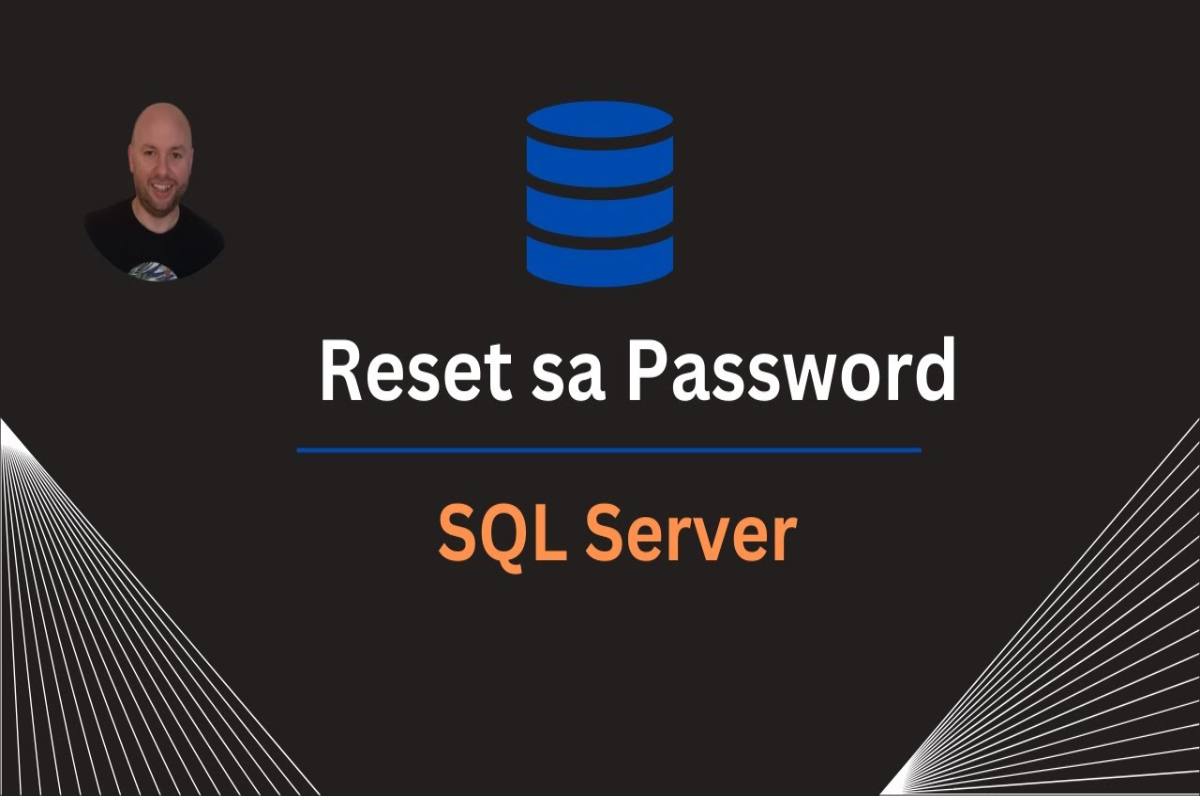Sp_Password Sql Server – Any user can change their password with sp_password. New passwords must contain at least 6 characters. They cannot be NULL. The caller_passwd ciphertext must match the caller’s existing ciphertext. Otherwise, sp_password returns an error message and fails. master.dbo.syslogins lists passwords in encoded form.
If a client program needs users to have the same password on remote servers as they do on the local server, users must change their passwords on all remote servers before changing their local passwords. Run sp_password as a remote procedure call on each remote server.
You can set the Sp_Password Sql Server expiration configuration parameter at the system level to set a password expiration interval that forces all Adaptive Server logins to change passwords periodically. For more information, see the System Administration Guide.
Sp_Password Sql Server
Sp_Password Sql Server – SQL Server passwords can be from 1 to 128 characters, including letters, symbols, and numbers.
The new password is reorganized and stored in encrypted form so that no user, not even system administrators, can see the password.
When associates of the sysadmin or security admin fixed server role reset their password using sp_password with all three arguments, the audit trail will replicate that they are changing someone else’s password.
Sp_Password Sql Server – You cannot use sp_password along with Microsoft Windows NT® security accounts. Windows authenticates the users who connect to SQL Server through their Windows NT network account. Therefore, their passwords can only be changed in Windows NT.
sp_password cannot be implemented within a user-defined transaction.
Permissions
The default executes permissions are the public role for users who change their login password. And also, only members of the system administrator part can change the password for another user’s login.
Sp_Password Sql Server – Adds or changes a password for a Microsoft SQL Server login.
This feature will be removed in a future version of Microsoft SQL Server. Avoid using this feature in new development work, and plan to modify applications that currently use this feature. Use ALTER LOGIN instead.
sp_password [ [ @old = ] ‘old_password’ , ]
{ [ @new =] ‘new_password’ }
[ , [ @loginame = ] ‘login’ ]
Arguments
[ @old = ] ‘old_password’ Is the old password. old_password is sysname, with a default of NULL.
[ @new = ] ‘new_password’ Is the new password. new_password is sysname, with no default. old_password must be specified if named parameters are not used.
Important
Do not use a NULL password. Use a strong password. For more information, see Strong Passwords.
If you installed Microsoft SQL Server Express Version, the connection mechanically created a password for the SQL System Administrator (sa) user. Moreover, you can use Windows administrator credentials and SQL administration tools to change the password without having to know the generated password.
Basically, the Microsoft SQLCMD (sqlcmd) utility comprises the SQL Server Express software. However, you can use the Sp_Password Sql Server tool to alter the SQL System Administrator password for the SQL Server Express Database Engine. And also, after changing the password, you must update the PlateSpin Server information and resume the PlateSpin Server facility.
Instances
1. Changing the password of a login deprived of knowing the old password
The following example demonstrates how to use ALTER LOGIN to change Victoria’s login password to B3r1000d #2-36. This is the preferred method. So, the user running this command must have CONTROL SERVER permission.
Copy
ALTER LOGIN Victoria WITH PASSWORD = ‘B3r1000d#2-36’;
GO
2. Changing a Password
The following example shows how to use ALTER LOGIN to change Victoria’s login password from B3r1000d # 2-36 to V1cteAmanti55imE. is preferable.
Basically, user Victoria can run this command without additional permissions. Other users require to ALTER ANY LOGIN permission.
Copy
ALTER LOGIN Victoria WITH PASSWORD = ‘V1cteAmanti55imE’
OLD_PASSWORD = ‘B3r1000d#2-36’;
GO
Related Search Terms:
sp_password sql server
sq login
sql server sa password default
default sa password
reset sql sa password
sql server how to change sa password
sql server reset sa password
m ssql default sa password
change sql server user pasword
alter user sql server password
account sql
enforce password policy in sql server
sql username password
microsoft sql server default username and password
microsoft sql server user
sql identified by pasword
sybase password change
reset password on server null

